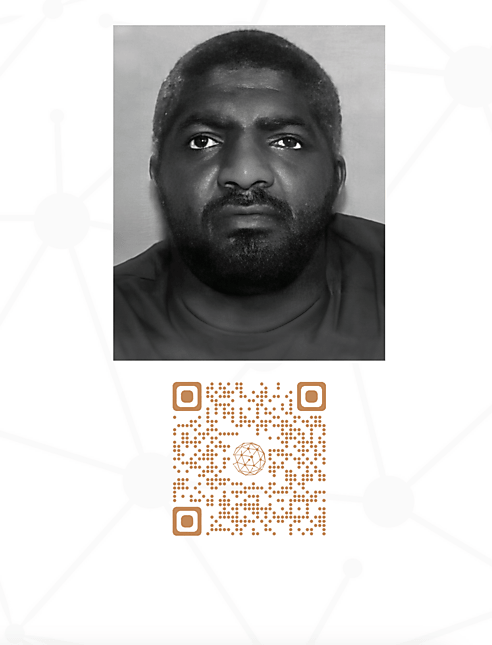Objectives
- Understand the concept of plea bargains and their role in the criminal justice system
- Analyze the advantages and disadvantages of plea bargains
- Evaluate the ethical implications of plea bargains
Step 1: Display this quote from William E. Gladstone on the board: “Justice delayed is justice denied.”
Step 2: Ask students to reflect on the quote and write a short paragraph explaining what they think it means.
Step 3: After a few minutes, ask a few students to share their interpretations with the class.
Activity 1: Plea Bargaining Video (10 Minutes)
Step 1: Engage students by asking if they have heard of the term “plea bargain” and what they think it means. Provide a few minutes to discuss the topic.
Step 2: Play Sphere’s video “Plea Bargaining” with Clark Neily.
Step 3: Discuss with the whole group the reasons why plea bargains are used, including reducing court congestion, saving time and resources, and ensuring a more predictable outcome.
Activity 2: Gallery Walk (35 Minutes)
Step 1: Explain to students that they will complete a gallery walk to explore real cases involving plea bargains. (Print the gallery walk pages at the end of this lesson and place them in stations around the room. Alternatively, the gallery walk may be completed virtually via Google Slides.)
Step 2: Facilitate a debrief or a discussion after the gallery walk. You will find possible discussion questions attached to this lesson plan to help students get started.
Step 1: Ask students to write a brief reflection on what they learned about plea bargains.
Step 2: Prompt students to consider their own opinions on the use of plea bargains and ask whether they believe plea bargains are a fair and effective tool in the criminal justice system.
Step 3: Collect the exit tickets as a formative assessment of students’ understanding and opinions.
Activity 1
Step 1: Encourage students to explore the National Registry of Exonerations to research cases from their home state.
Step 2: For either formative or summative collaborative assessment work, have students create a slideshow demonstrating the role of plea bargaining in the case they researched.
Activity 2
Step 1: Listen to “How Are Plea Bargains Coercive?,” Cato Daily Podcast, from July 19, 2021.
Step 2: Have students discuss the episode with partners for a few minutes.
Step 3: Ask students to write a short review of the episode. Tip: This can also be made into a homework assignment for independent work.
Activity 3
Invite a defense attorney and prosecutor to speak with your students about the plea bargaining process. Your local bar association or court community liaison is a good place to start.
“‘A School for Suicide’: How Kalief Browder Learned to Kill Himself During 3 Years at Rikers Jail,” Democracy Now!, YouTube video, June 3, 2016.

“Larry Ruffin,” Innocence Project New Orleans

“Patrick Waller & Mike Ware StoryCorps,” Innocence Network, YouTube video, September 21, 2023.

“America’s Guilty Plea Problem: JoAnn Taylor,” Innocence Project, YouTube video, January 23, 2017

“Anthony Gray,” Innocence Project.

“Christopher Ochoa,” Innocence Project

Step 1: Place each page in a different station or tape each to a wall.
Step 2: Students should scan the QR code using a smartphone or computer camera; each QR code takes students to an article or video of a case that involves a plea bargain.
Step 3: Allow students roughly eight minutes at each station. Students may rotate independently or in small groups.